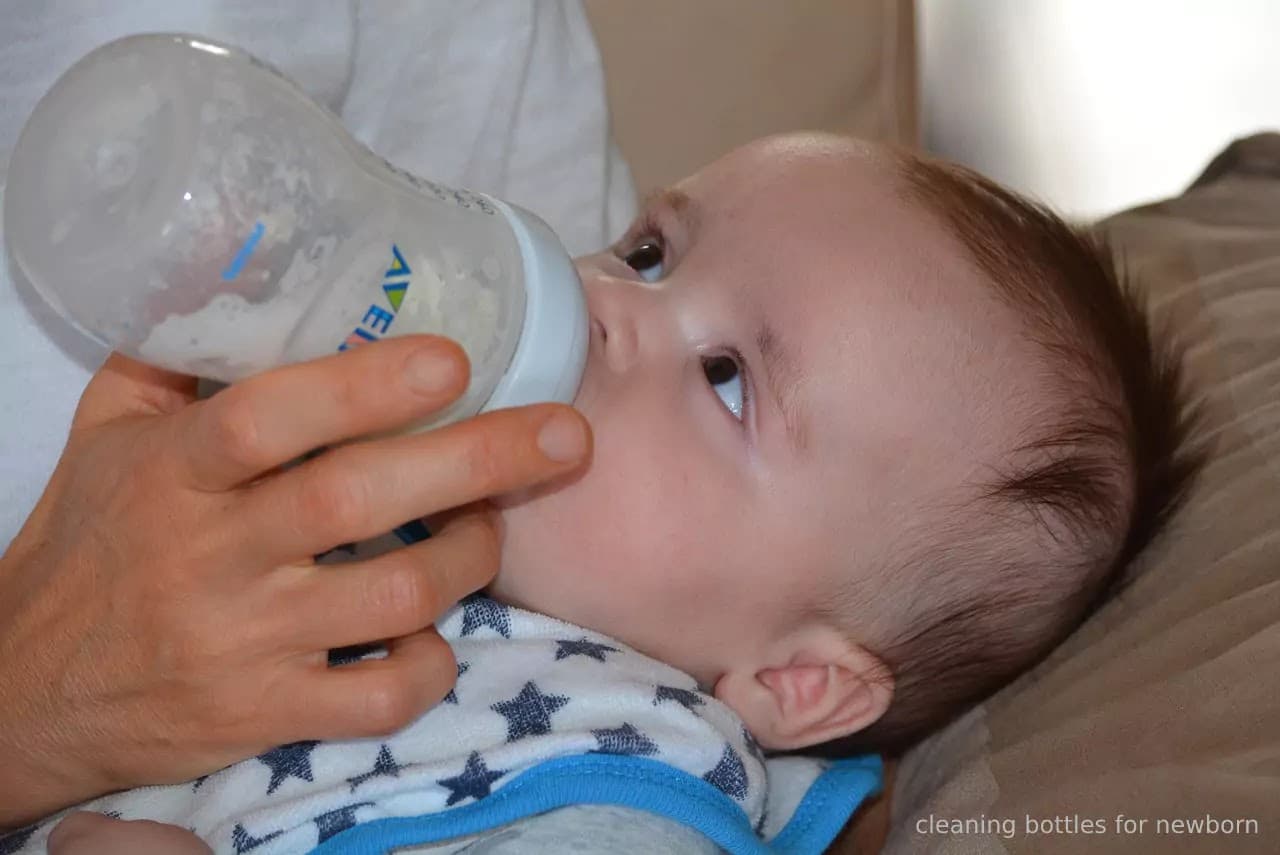Cry It Out Ferber Method | Sleeping Solution
Jul 27, 2024 12:00 AM
Parenting

Wellnession.com - In the realm of pediatric sleep training, the Cry It Out (CIO) Ferber Method stands as a well-recognized approach designed to assist parents in fostering healthy sleep habits in their infants and toddlers. Developed by renowned pediatrician Dr. Richard Ferber, this method is characterized by a gradual and responsive approach to help children learn to self-soothe and develop independent sleep skills. The underlying philosophy involves intermittent comforting at progressively increasing intervals, enabling children to gradually acquire the ability to self-settle and fall asleep autonomously. While the method may initially raise concerns, proponents argue that it is an effective means of teaching children to establish a consistent and restful sleep routine. This professional introduction aims to provide an insightful overview of the Cry It Out Ferber Method, elucidating its foundational principles, practical implementation, and the potential benefits it offers to both parents and their young ones.
Table of Contents
How long does ferber method take?
Determining the precise duration required for the Ferber Method to produce noticeable results is a nuanced process. The Ferber Method, an approach to sleep training, involves gradually increasing intervals of parental check-ins during a child's bedtime routine, allowing them to learn self-soothing skills. The timeframe for the method's effectiveness varies, influenced by factors such as the child's temperament, age, and prior sleep patterns.
While some parents report positive changes within a few days of consistent application, others may find that several weeks are needed before significant improvements in their child's sleep behavior become apparent. Successful implementation of the Ferber Method necessitates a balanced approach, emphasizing patience, consistency, and an understanding of the unique needs of each child.
| Also Read: Distilled Water For Newborn - Crystal Clear Choice |
Is ferber method harmful?
Examining the potential harm of the Ferber Method requires a nuanced exploration that considers both the merits and concerns surrounding this sleep-training approach. Advocates of the Ferber Method emphasize its efficacy in fostering independent sleep habits, helping children learn self-soothing skills. However, critics raise valid points about potential emotional distress during the initial stages, prompting a careful evaluation of its appropriateness for each child.
It is crucial to recognize that the impact of the Ferber Method may vary depending on factors such as a child's temperament, age, and the family's unique dynamics. To address concerns and maximize positive outcomes, parents are encouraged to approach the Ferber Method with a tailored and attentive mindset, adapting the technique to align with the specific needs of their child while maintaining a supportive and empathetic environment.
When to start ferber method?
Determining the optimal time to commence the Ferber Method involves a careful consideration of the individual child's developmental stage and the family's unique circumstances. This structured sleep-training approach, designed by Dr. Richard Ferber, is often introduced when infants are around four to six months old.
At this age, many infants have established a more predictable sleep pattern and are developmentally ready to learn self-soothing techniques. However, it is essential for parents to be attuned to their child's specific needs and cues. Starting the Ferber Method too early may not align with a newborn's natural sleep tendencies, while waiting too long could potentially reinforce existing sleep habits. Each child is unique, and factors such as temperament and overall well-being should be considered.
Additionally, it is recommended that parents engage in open communication, seeking guidance from pediatricians or sleep specialists to ensure the Ferber Method is introduced at an appropriate and beneficial time for both child and family.








